I have a problem regarding the following model,
where I want to make inference on μ and tau, u is a known vector and x is the data vector. The log-likelihood is
I have a problem writing a log-likelihood in R.
x <- c(3.3569,1.9247,3.6156,1.8446,2.2196,6.8194,2.0820,4.1293,0.3609,2.6197)
mu <- seq(0,10,length=1000)
normal.lik1<-function(theta,x){
u <- c(1,3,0.5,0.2,2,1.7,0.4,1.2,1.1,0.7)
mu<-theta[1]
tau<-theta[2]
n<-length(x)
logl <- sapply(c(mu,tau),function(mu,tau){logl<- -0.5*n*log(2*pi) -0.5*n*log(tau^2+u^2)- (1/(2*tau^2+u^2))*sum((x-mu)^2) } )
return(logl)
}
#test if it works for mu=1, tau=2
head(normal.lik1(c(1,2),x))
#Does not work..
I want to be able to plug in the vector for mu and plot it over mu for a fixed value of tau, say 2. I also want to find out the MLE's of tau and mu using the optim function. I tried:
theta.hat<-optim(c(1,1),loglike2,control=list(fnscale=-1),x=x,,method="BFGS")$par
But it does not work.. Any suggestions to how I can write the likelihood?


